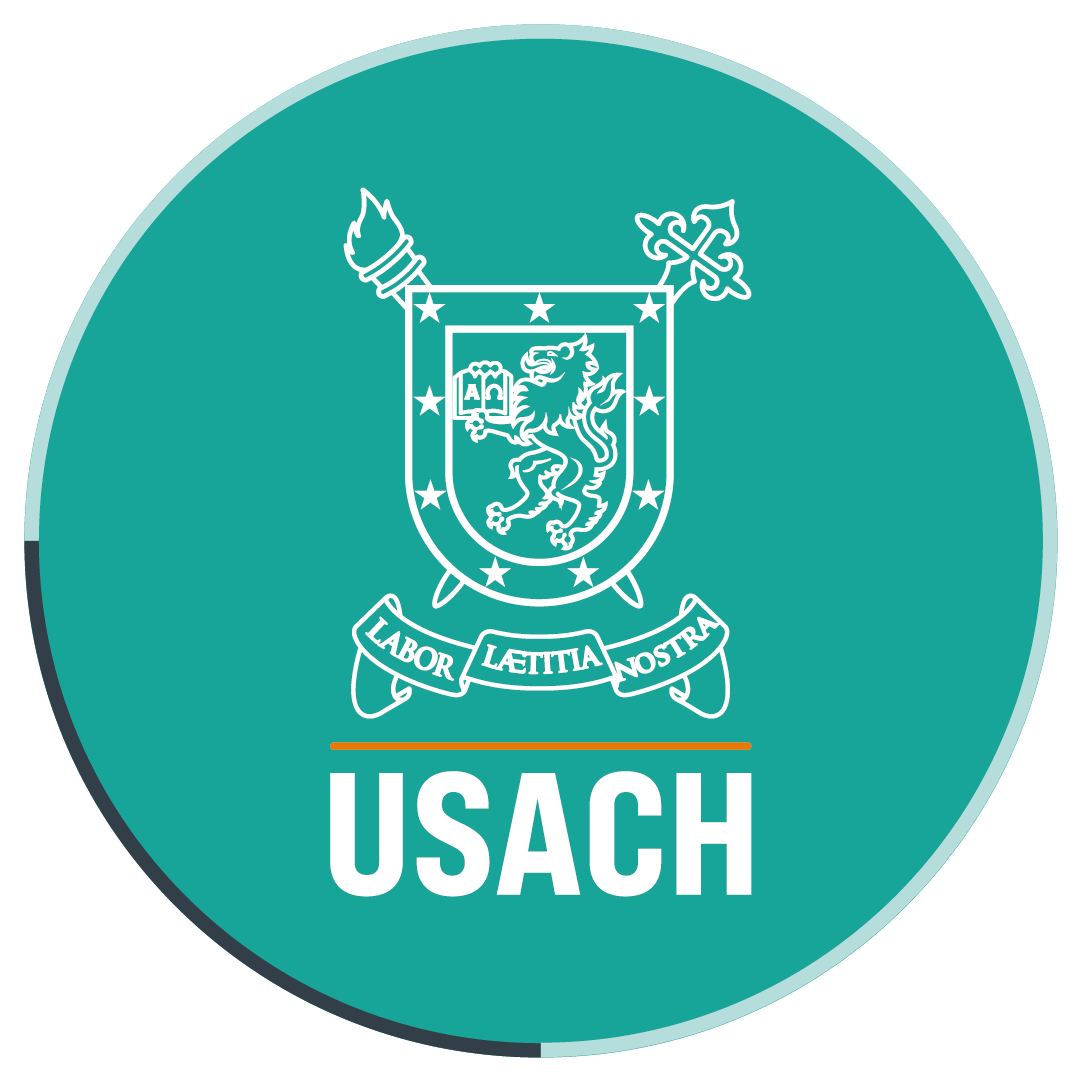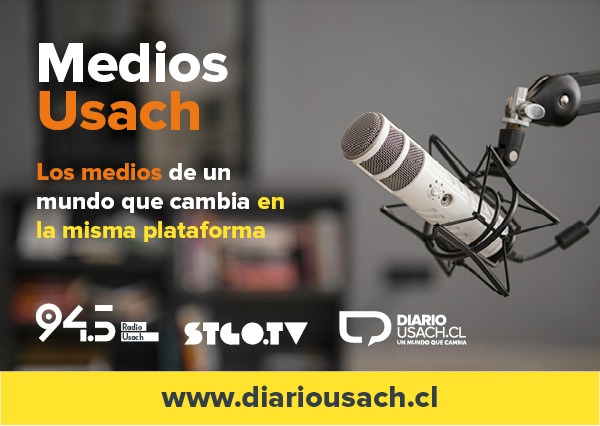- Claudia Matus and Bárbara Ossandón, both professors at the Physics and Mathematics Teaching program of Universidad de Santiago de Chile, presented a novel initiative for the academic field at the International Educational Summit 2016: XII Conference on Higher Education Management.
Claudia Matus and Bárbara Ossandón, both professors at the Physics and Mathematics Teaching program of Universidad de Santiago, had a remarkable participation at the International Educational Summit 2016: XII Conference on Higher Education Management.
This activity has become one of the most important meetings for exchanging experiences at a management level among higher education institutions in Latin America, with the participation of renowned international experts.
The conference was held at the Casa Central of Pontificia Universidad Católica de Chile and professors Matus and Ossandón presented their work “Comunidad Práctica de Aprendizaje como elemento clave de gestión en el rediseño curricular de una carrera de pedagogía.”
“We designed a new innovative curriculum that based its pedagogical principles on a spiral modular design that involves the integration of theory and practice and is focused on the classroom activity and the student,” professor Ossandón explained.
She highlighted “the need of understanding curriculum management through an interdisciplinary team work and professional management. This means to strengthen the role of the head of the program and
distribute his/her tasks in four coordinations: practice, teaching, laboratories, and outreach and engagement. This last coordination has the purpose of providing feedback on the curriculum.”
“This interdisciplinary learning community that works collaboratively is made up of physics and mathematics teachers focused on didactics; an anthropologist, and other professionals,” she said. It is a group of committed people working in an environment where interdisciplinary collaborative work is usually understood as the sum of individual works,” she said.
“The strength of this initiative is the new design of the curriculum of the Physics and Mathematics Teaching program that allowed us to be accredited for seven years,” she added.
Conclusions
“What we want to share is the idea that, to achieve curriculum innovation, the line-up of collaborative interdisciplinary work teamsis very important in order to make the program management a profesional activity, as well as to encourage constant self-evaluation, what will result in constant improvement,” Professor Ossandón said.
The conference “helped us to validate the pedagogical principles of our program according to the different presentations given that addressed the latest trends in education that, in turn, allowed us to validate our own community, our team made up of the four coordinations. Besides, it enriched even more our pedagogical learning proposal,” she said.
“This activity is also an example of learning practice community,because on this occasion we learned about an education research network. This network is formed by universities in four continents and
it was created by the initiative of different communities, as the most advanced way of distributed leadership in the knowledge society, as Hargreaves said. This conference is a learning practice community
itself,” she added.
“We propose a professional, pro-active approach, where the head of the program can conduct research works with collaborative teams in the medium and long term,” she concluded.
Translated by Marcela Contreras



